-
Comprehensive Study Guide: Covers gastrointestinal nursing topics like digestive disorders and patient care.
-
130 Expert-Verified Questions: Includes questions with detailed answers for thorough preparation.
-
Proven Test Strategies: Offers techniques to ensure exam success.
Updated for 2025, this resource guarantees you’re ready to excel. Start your prep with ExamsHut today!
Preview
1. A 30-year-old patient with ulcerative colitis is scheduled for a proctosigmoidoscopy.
Which finding should cause the nurse to clarify routine preparation orders with the
physician?
A. The patient’s age
B. Presence of severe diarrhea ✅
C. Complaints of abdominal cramping
D. Patient’s weight is 10% below ideal body weight
Rationale: Severe diarrhea can cause dehydration and electrolyte imbalances, which may
be exacerbated by bowel preparation before the procedure. The physician should be
consulted before proceeding.
2. The nurse is preparing to initiate a tube feeding through a patient’s nasogastric (NG)
tube. Prior to initiating this feeding, what should the nurse use to irrigate the tube?
A. Sterile water
B. Normal saline ✅
C. Cranberry juice
D. Carbonated water
Rationale: Normal saline is used for irrigation to prevent electrolyte imbalances, while
sterile water may be used in specific situations. Cranberry juice and carbonated water are
not appropriate due to their acidity and potential to clog the tube.
3. The nurse is inspecting a patient’s oral cavity. What is the most important safety
reason for the nurse to inspect for loose teeth when collecting data on the oral cavity
of a patient?
A. Loose teeth are unsightly to the patient
B. Loose teeth can cause dental abscesses
C. Loose teeth can be aspirated into the airway ✅
D. Loose teeth can prevent the patient from eating
Rationale: Loose teeth pose an aspiration risk, especially in unconscious or intubated
patients. This can lead to airway obstruction and respiratory complications.
4. The nurse is collecting data from a patient who is scheduled for an ileostomy. Which
technique should the nurse use to help identify optimal stoma placement?
A. Palpation
B. Inspection ✅
C. Percussion
D. Auscultation
Rationale: Inspection is the correct technique to determine the best stoma placement,
ensuring it is in a visible location, on a flat surface, and away from skin folds or scars.




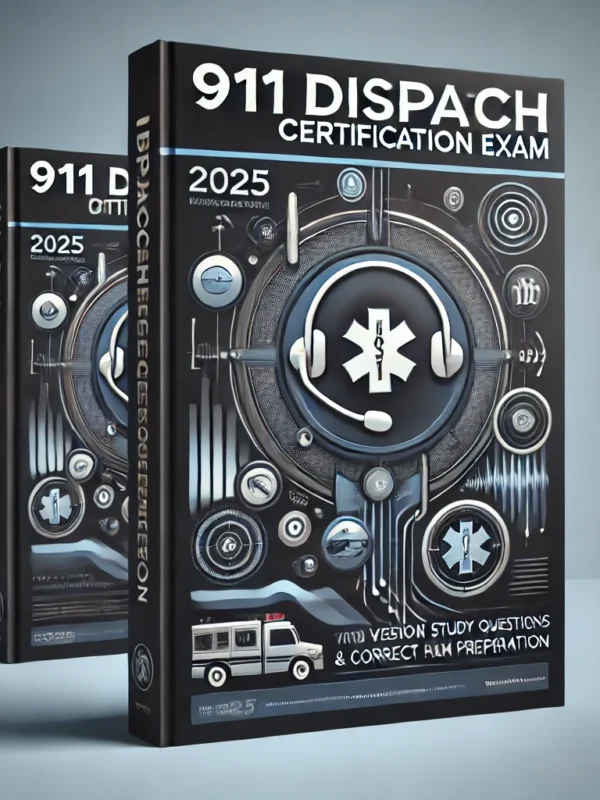
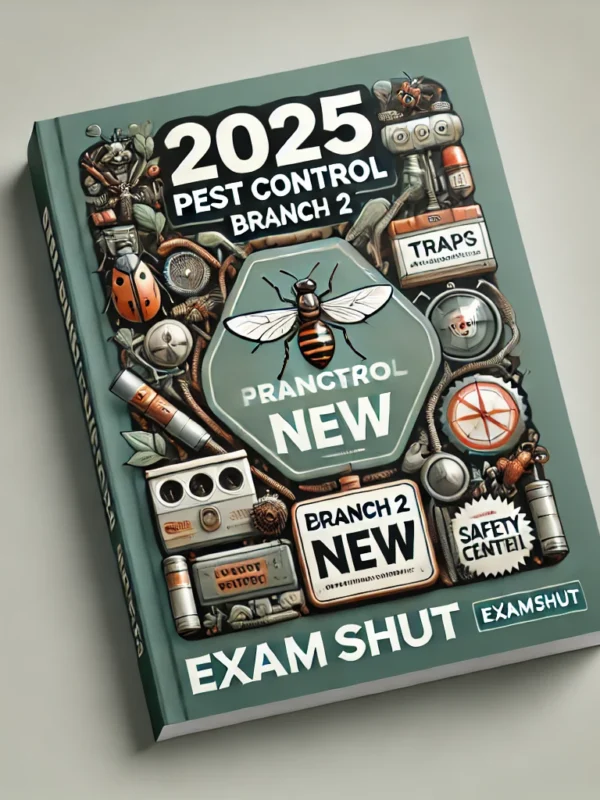
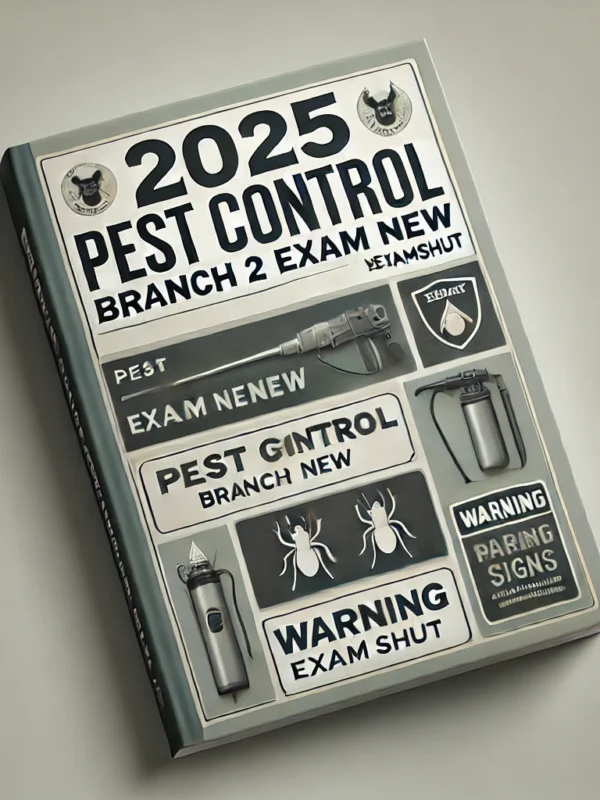
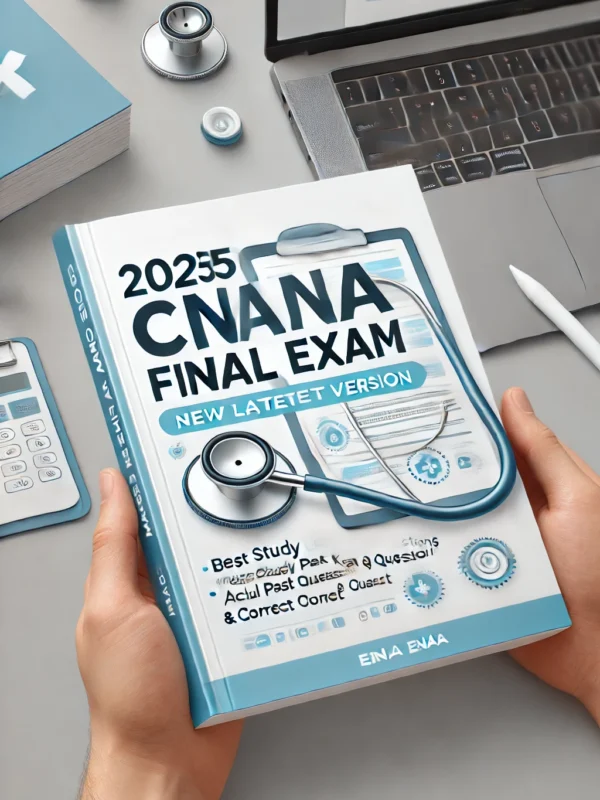
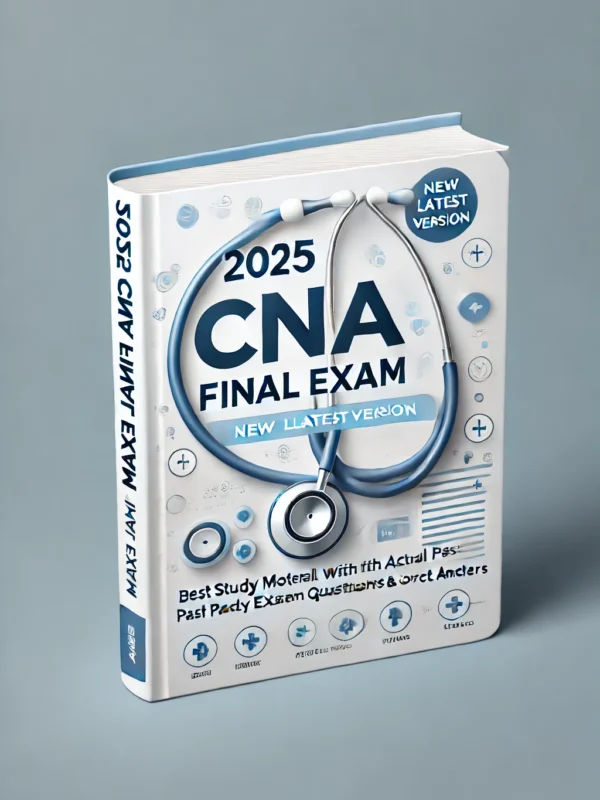

Reviews
There are no reviews yet.